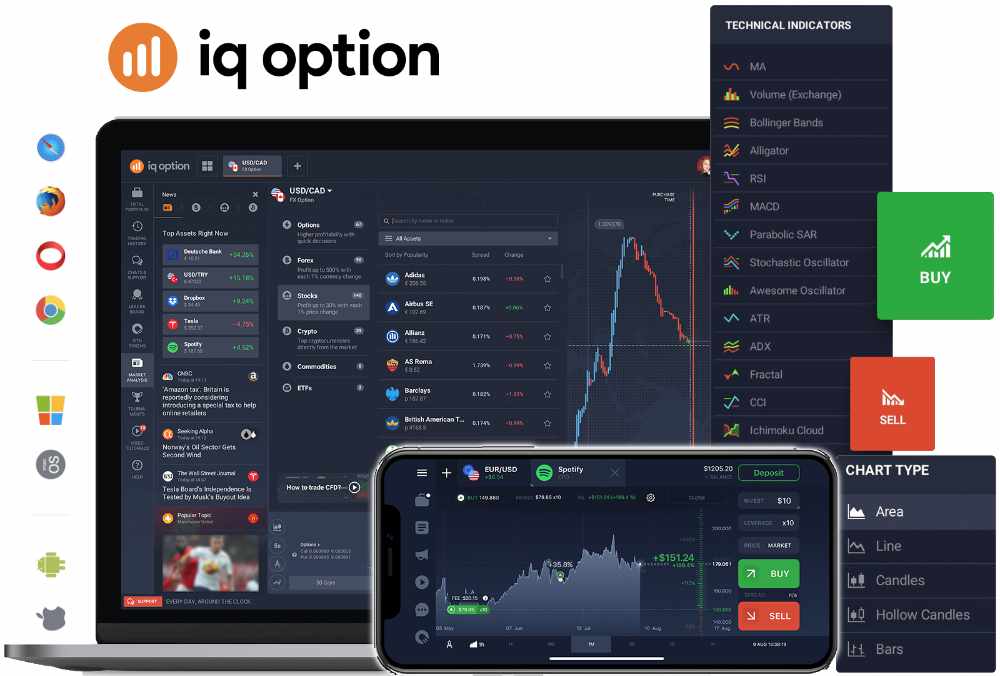Forex Daytrading Simplified: The Scalping Strategy
Forex day trading is a fast-paced and potentially profitable activity that involves the buying and selling of currency pairs within the same trading day. Among the various strategies employed by day traders, scalping stands out as one of the most intense and challenging. This article delves into the intricacies of the scalping strategy in forex day trading, offering insights into its mechanics, advantages, and techniques for success.
Understanding Forex Scalping
Forex scalping is a trading strategy that involves making numerous trades over the course of a day, aiming to capture small profits from minor price changes in the currency market. Scalpers, as practitioners of this strategy are known, typically hold positions for very short periods, ranging from a few seconds to minutes, and rarely longer than an hour.
The Mechanics of Scalping in Forex
The core objective of scalping is to accumulate profits through the volume of trades rather than the size of individual gains. To achieve this, scalpers need to be highly disciplined, quick to make decisions, and able to work within a structured trading plan. The mechanics of scalping involve:
- Identifying currency pairs with high liquidity and low spreads.
- Entering and exiting trades swiftly to capture small price movements.
- Utilizing high leverage to amplify the potential gains from small price changes.
- Employing technical analysis tools to spot short-term trends and price patterns.
Advantages of Scalping in Forex
Scalping offers several advantages that attract traders to this high-energy trading style:
- Limited Exposure: By holding positions for a short time, scalpers limit their exposure to large market movements.
- Opportunities: The forex market’s volatility provides numerous trading opportunities for scalpers.
- Compounding Gains: Small, consistent profits can compound over time, potentially leading to significant returns.
Key Techniques for Successful Forex Scalping
To excel in forex scalping, traders must adopt specific techniques and tools that cater to the demands of this strategy:
Technical Analysis and Charting
Scalpers rely heavily on technical analysis to make informed decisions. This involves the use of various charting tools and indicators such as:
- Moving averages to identify trends.
- Stochastic oscillators to gauge momentum.
- Bollinger Bands to assess market volatility.
- Candlestick patterns to predict short-term price movements.
Trade Execution and Management
Efficient trade execution is crucial for scalpers. This includes:
- Using a reliable trading platform that can handle rapid order execution.
- Implementing stop-loss orders to minimize potential losses.
- Monitoring trades closely and being ready to exit at a moment’s notice.
Risk Management
Despite the potential for profit, scalping carries significant risk. Effective risk management strategies include:
- Setting a strict risk-reward ratio for each trade.
- Limiting the percentage of capital risked on any single trade.
- Adhering to a daily loss limit to prevent emotional trading.
Challenges of Forex Scalping
While scalping can be lucrative, it also presents several challenges that traders must overcome:
- High Stress: The fast-paced nature of scalping can be mentally and emotionally taxing.
- Costs: Frequent trading can lead to higher transaction costs, which can erode profits.
- Market Sensitivity: Scalpers must be attuned to market news and events that can cause sudden price swings.
Scalping Strategy in Action: A Hypothetical Scenario
Consider a hypothetical scenario where a scalper focuses on the EUR/USD currency pair. The trader might use a combination of a 5-minute chart, a 20-period moving average, and a stochastic oscillator to identify trading opportunities. When the price crosses above the moving average with an oversold stochastic reading, the scalper enters a long position, aiming for a small profit of 5 to 10 pips. Conversely, if the price crosses below the moving average with an overbought stochastic reading, the trader takes a short position.
In this scenario, the scalper would set a tight stop-loss order to minimize potential losses and a take-profit order at the desired profit target. The trader would repeat this process throughout the trading day, capitalizing on the small price movements that occur frequently in the forex market.
Conclusion: Key Takeaways of Forex Scalping
Forex scalping is a demanding yet potentially rewarding trading strategy that appeals to those seeking to profit from small price changes in the currency market. Successful scalping requires a combination of quick decision-making, rigorous technical analysis, and stringent risk management. While the strategy is not without its challenges, including high stress and increased transaction costs, it offers traders the opportunity to capitalize on the numerous trading opportunities presented by the forex market’s inherent volatility.
In summary, forex scalping is a viable strategy for traders who are willing to dedicate the time and effort to master its nuances. By employing the right techniques and maintaining discipline, scalpers can turn the rapid-fire pace of the forex market to their advantage, potentially leading to consistent profitability over time.





 How to trade FX options? (01:44)
How to trade FX options? (01:44) How to trade CFD? (00:49)
How to trade CFD? (00:49) How to trade binary options*? (01:22)
How to trade binary options*? (01:22) Forex. How to start? (01:01)
Forex. How to start? (01:01)